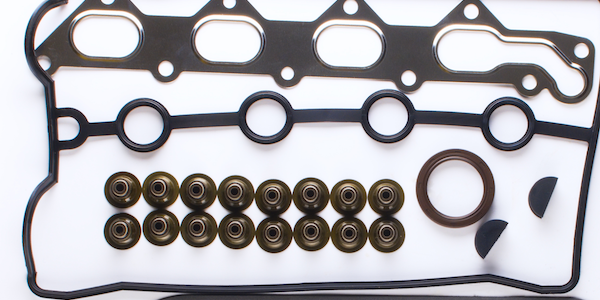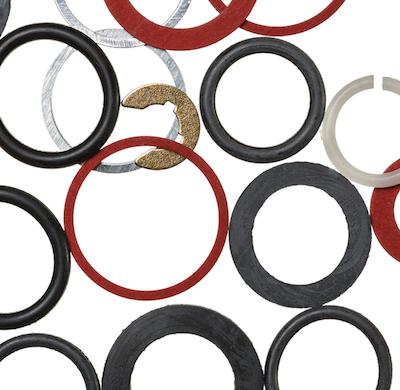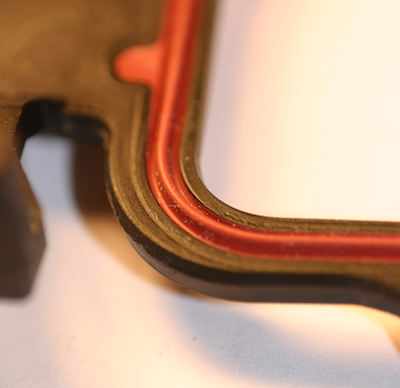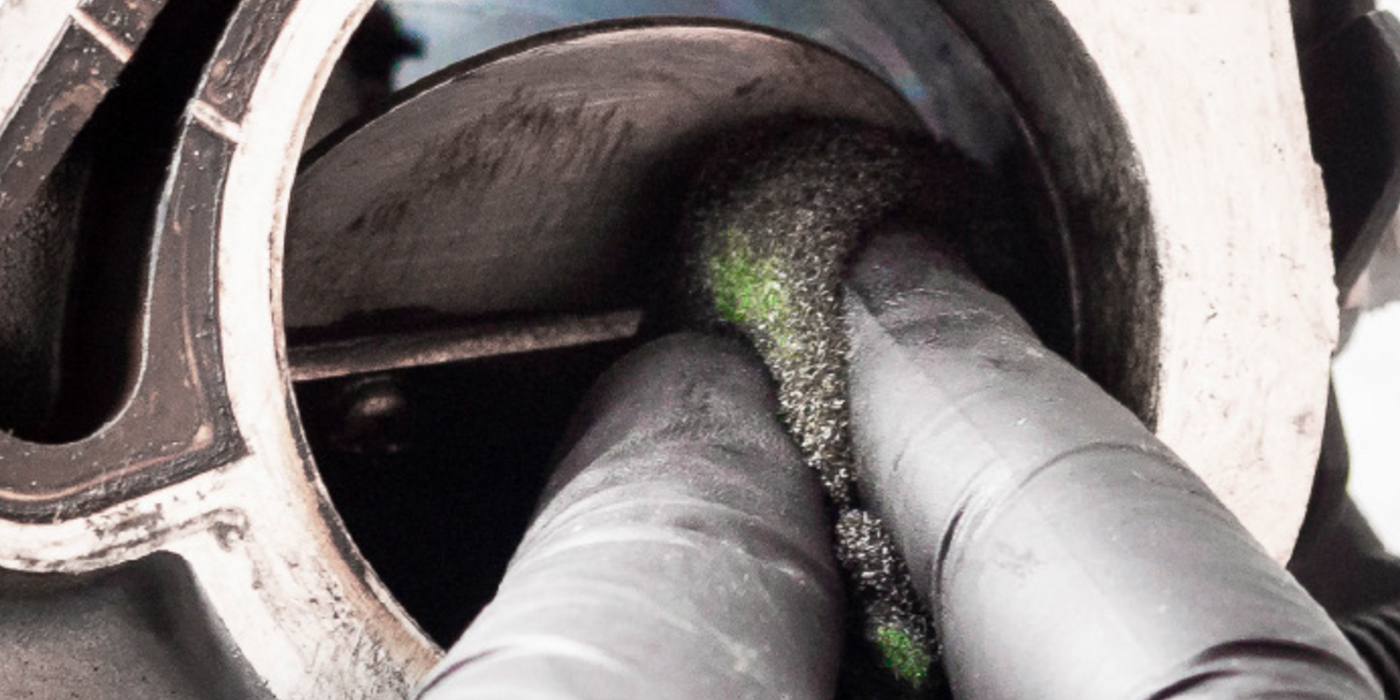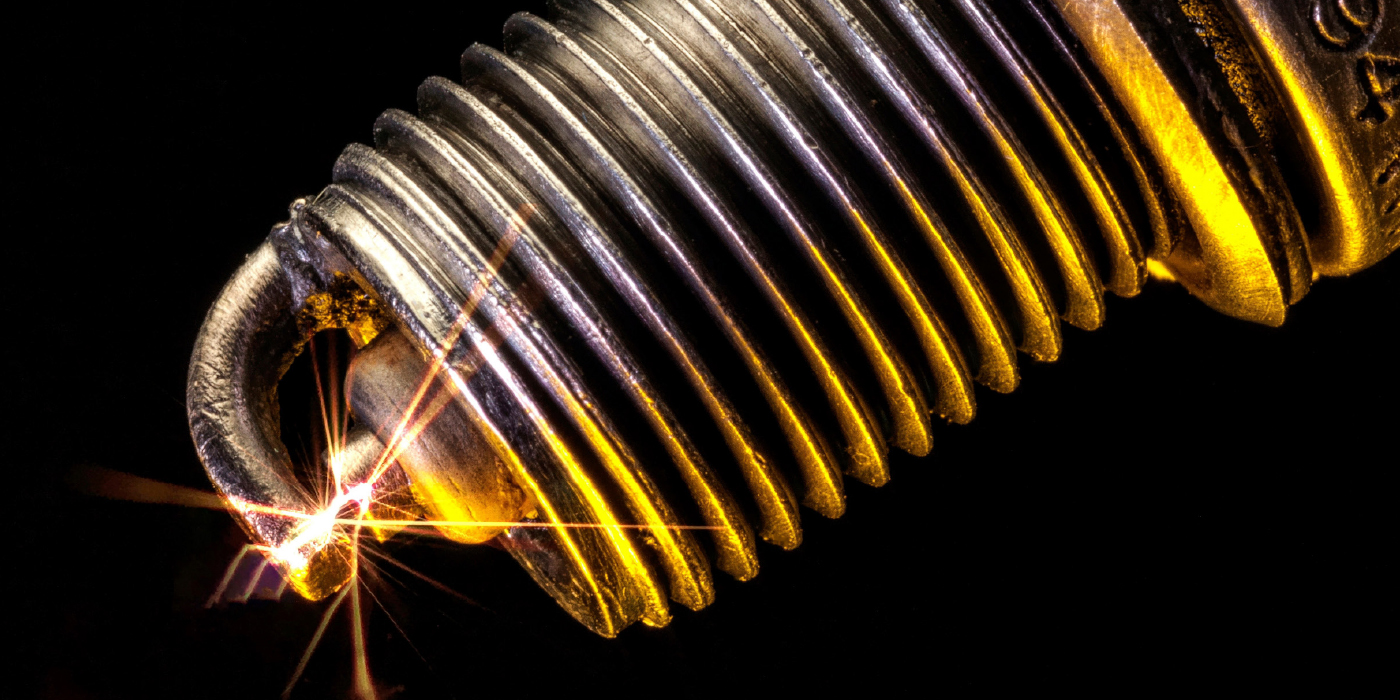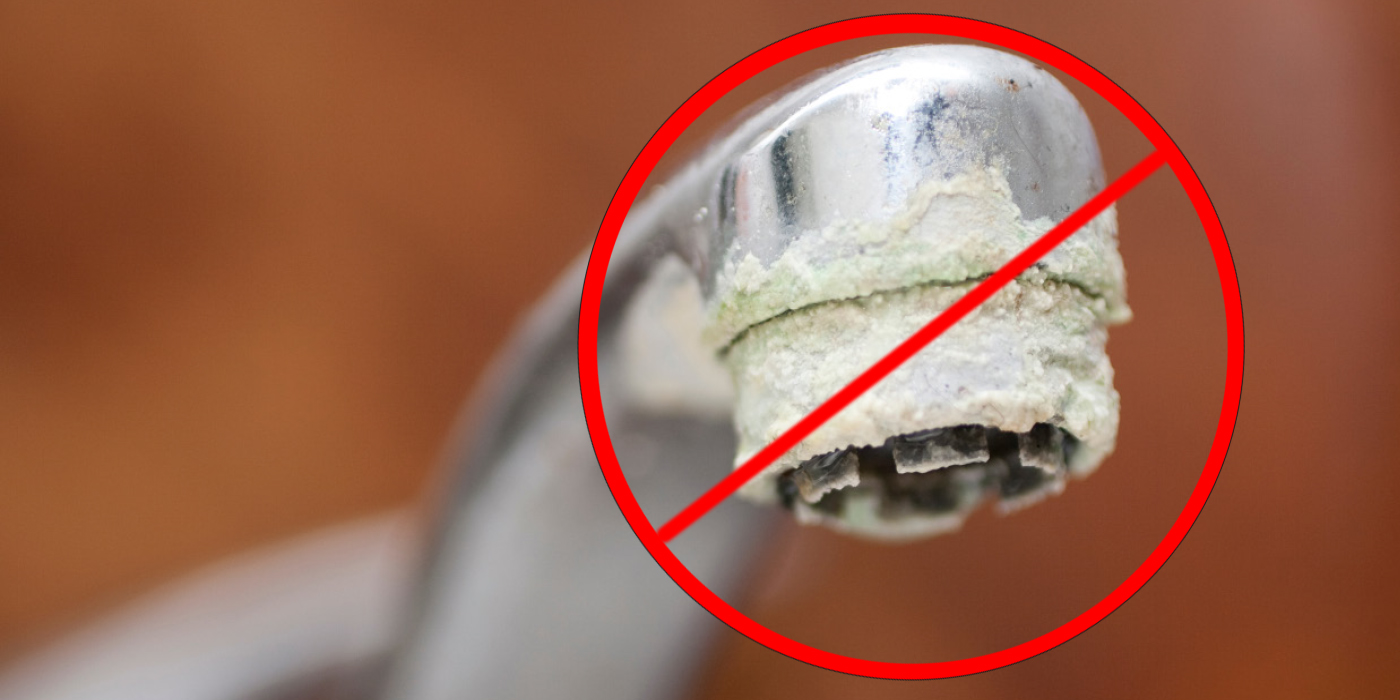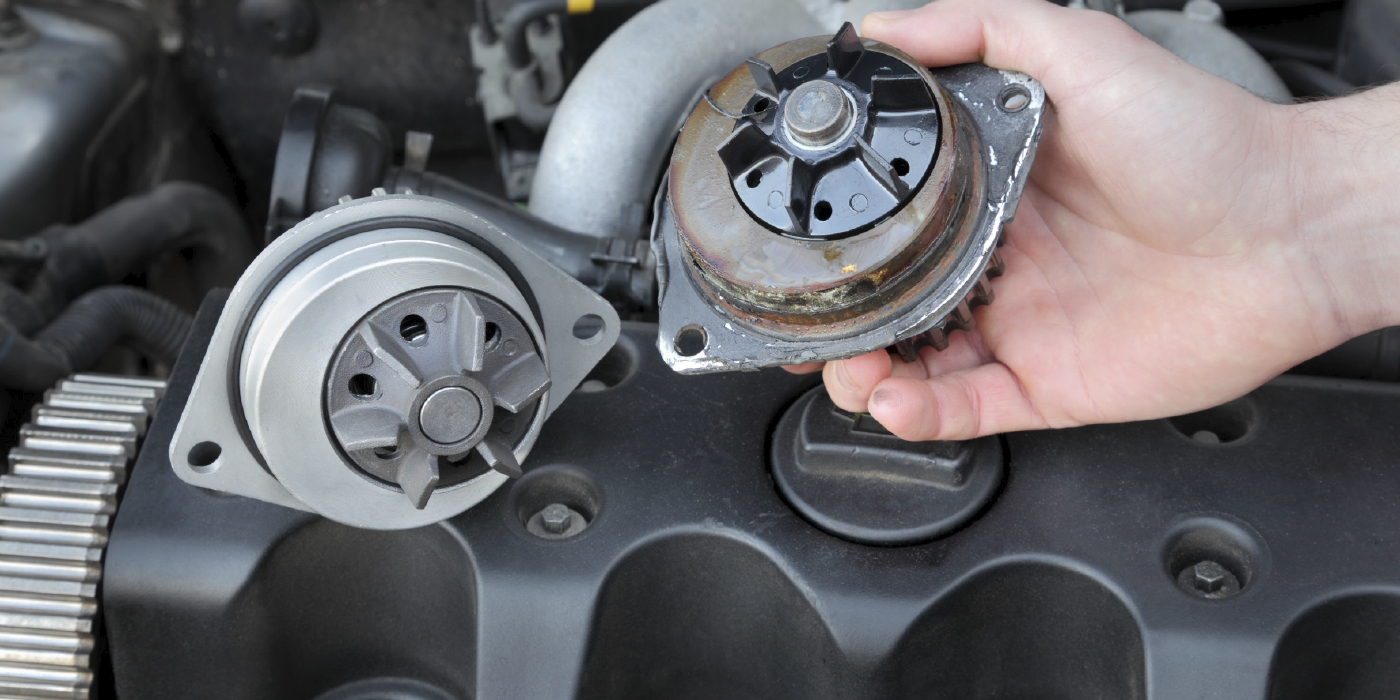There are endless combinations of engines, applications and gaskets on the market. But how do you match the gasket with the correct installation procedures? Here is a quick guide on how to match gaskets with the correct sealants and surface treatments.
Cork/Composite Gaskets

Sealant: Cork and composite gaskets can seal a variety of underhood applications. The type of sealant used with these gaskets depends on a variety of factors. First, you must consider if the gasket needs to remain flexible. Second, you need to consider the temperatures the sealant will have to endure. Third, what types of chemicals and fluids will come in contact with the sealant? Also pay attention to the washers and spreaders that distribute the clamping load of the fasteners.
Surface Finish: Smooth. The surface should be free from old gasket material, imperfections and fluids.
O-Rings
Sealant: In most cases, no sealant is required. Most installation instructions advise that O-rings are to be coated with coolant or oil to lubricate the seal and allow the two components to expand and contract independently.
Surface Finish: Smooth and free from debris.
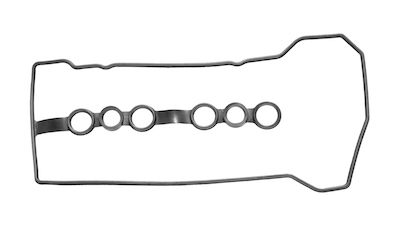
Rubber/Silicone Gaskets
Sealant: None. Only small amounts of high-tack liquid sealant should be used in strategic areas to hold the gasket in place. Sealants can add thickness, which creates uneven clamping force since the gasket will not be able to seat properly. Sealant debris can extrude out when the gasket is compressed, and it could end up in an oil or coolant passage and restrict or block flow.
Surface Finish: The sealing surface should be clean and dry.
Metal/Plastic Carrier Gaskets
Sealant: Dry. The sealer can chemically attack the sealing beads and carrier material, causing them to degrade. Sealants can act as a lubricant and cause the rubber gasket to slip out of place and split. Also, RTV can extrude out when the gasket is compressed, and it could end up in an oil or coolant passage and restrict or block flow. If a carrier-style gasket requires a sealant, some will include a portion in the kit. Most replacement gasket manufacturers will include instructions for installation that will outline whether sealants need to be applied.
Surface Finish: The sealing surfaces should be dry and clean. If the surface surrounding a port is rough and pitted, the new gasket may not seal any better than the old one. Resurfacing or replacing a component may be required to restore a smooth, flat surface.
No Gasket
Sealant: Some components like water outlets or front covers may need a bead of sealant to seal the component. You need to consider the temperatures the sealant will have to endure, and what types of chemicals and fluids the sealant will come in contact with. Lastly, consider if there is a possibility that some of the sealant could be ingested by the engine and possibly contaminate the oxygen sensor. If so, use a sealant that will not harm the sensor.

